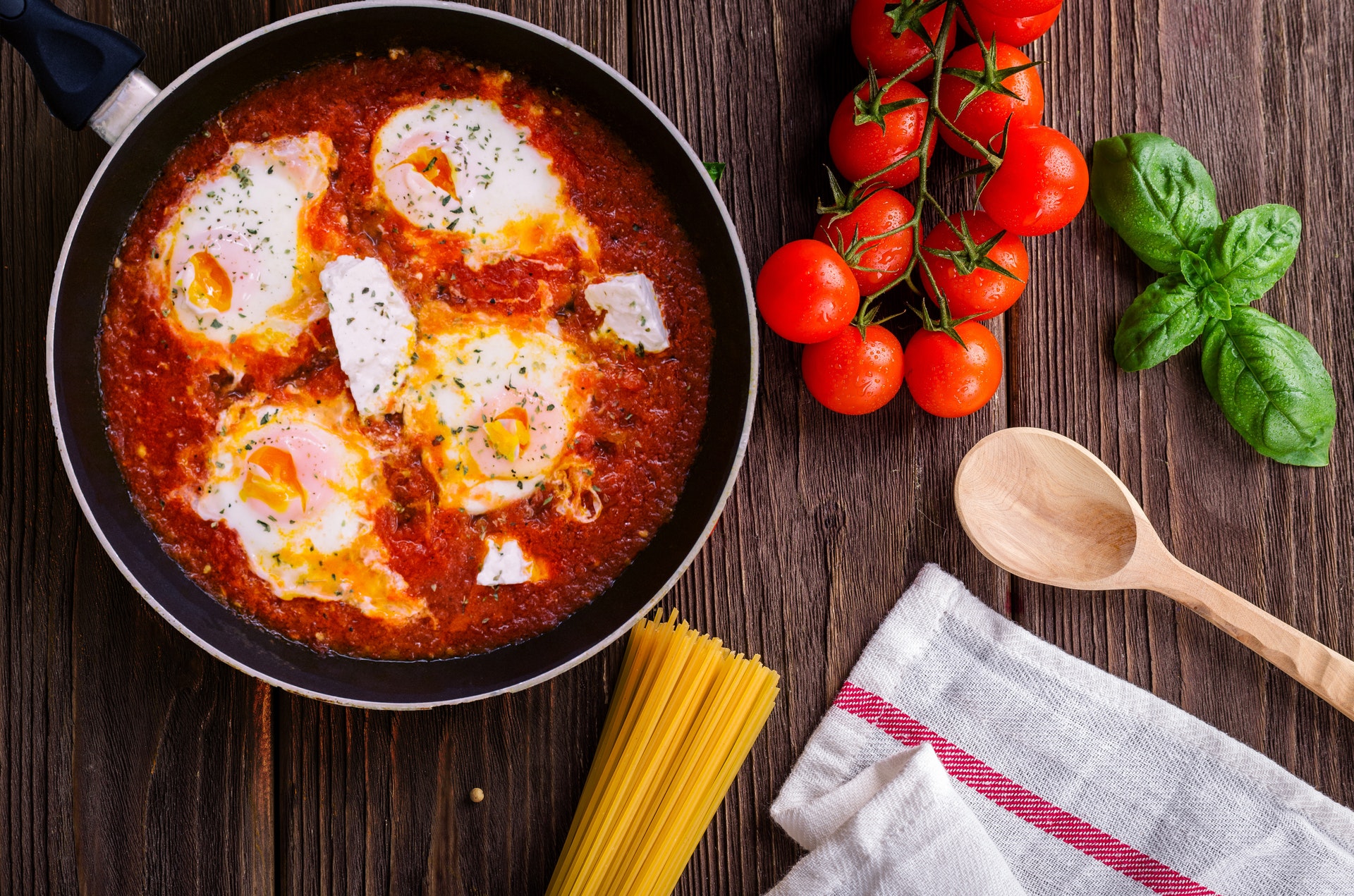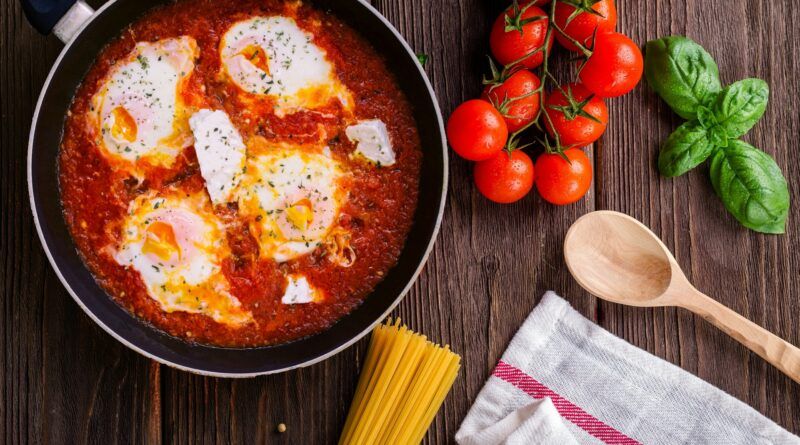How to Create a Food Blog: Cash in On Your Creations!
Creating a food blog can be one of the most fun and creative ways you can make money online. If you have visited Facebook or Twitter lately, you have probably seen plenty of cooking videos or pictures (known as food porn) trending on both. As of late, food blogs and foodies have been all the rage. What many people don’t realize is that starting a food blog is not as hard as you think it is. While it does require a lot of hard work on your end, ANYBODY can become a foodie with their own food blog.
So, want to learn what it takes to start your own food blog?
Make sure to read this post in its entirety to find out how to create a food blog of your very own!
*Disclaimer: This website contains affiliate links and I may earn a commission from qualifying purchases as an Amazon Affiliate when you click on the links on this post at no additional cost to you. Read my full disclaimer here*
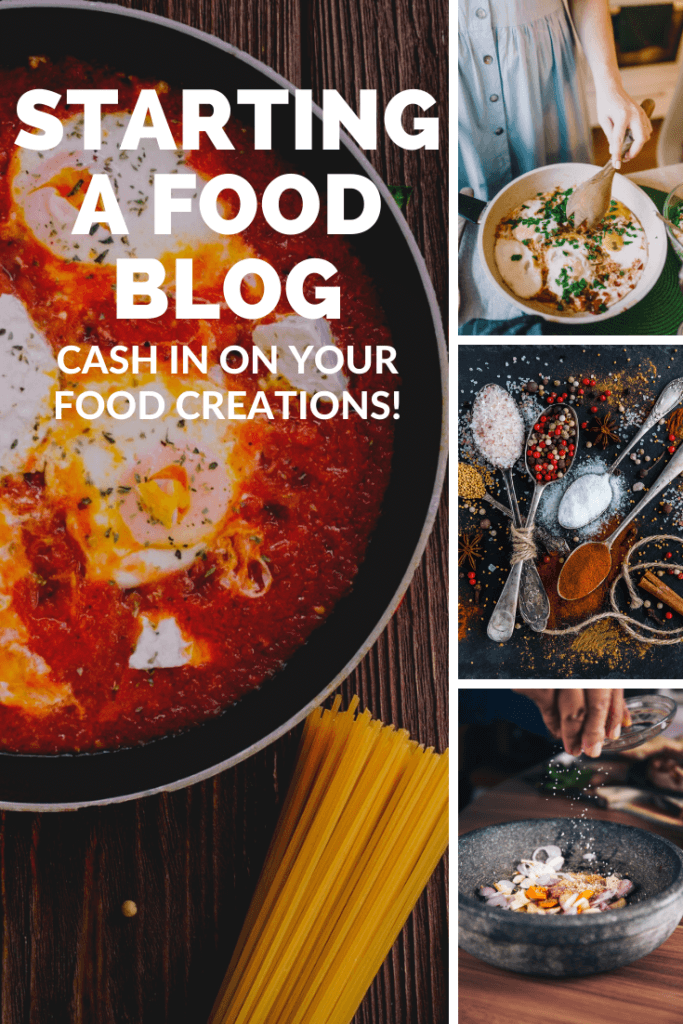
Getting Started: What Do You Need?
Before you can go ahead and start sharing your delicious creations with the world, there are a few things you are going to need to have on hand beforehand.
1. A Good Camera
If there is something I have learned from running my own food blog PetFoodio.com, it is that in order to really drive visitors to your recipes, you need to have pretty enticing pictures of your creations to draw them in.
This takes a good camera.
While you can use a standard webcam or a cell phone camera to get the job done when you first start, I highly recommend investing in a quality DSLR camera to get those mouthwatering shots that will set you apart from your competition. Yes, a DSLR camera can help you take higher quality photos of the food you make. However, the major downside is the price. Most DSLR cameras can range from a few hundred dollars to a few thousand.
For my personal blog Pet Foodio, I invested in a basic Canon EOS Rebel T6 DSLR camera and even invested in a Fotodiox Canon EOS Macro Extension Tube Set to really get those shots of every detail of the treats I made. Of course, I spent around $800 total for the set, and I understand not many people have this kind of money laying around.
I recommend looking into a cheaper alternative yet still capable of taking high-quality pictures. I highly recommend starting with the Canon EOS 4000D DSLR camera bundle set. It has a high price tag, but nowhere near what I initially paid.
I also recommend investing in the Fotodiox Canon EOS macro extension tube set for those up close and personal shots most food blogs use. With a pretty cheap price tag, it is well worth the initial investment I assure you.

However, if you are just starting out and the price is a serious issue for you, just stick with your webcam or a cellphone camera for now. You can still take plenty of high-quality food photos with these types of cameras and with the magic of photo editing, you can make them just as appealing as any photo taken with a DSLR camera.
2. Photo Editing Software
Now that you have a good camera on hand, the next thing you need to worry about is getting the perfect photo editing software to help make your food photos POP! Photo editing software is essential, even if you take great photos, to begin with. It will help you to enhance the lighting in a photo, focus on a specific subject in the photo, remove the grain in the background, add effects to your photos and even enhance the texture of whatever you took a photo of.
I highly recommend using the same editing software I use: Adobe Lightroom. It is easy to use with plenty of photo editing options. A photo package by Adobe (which includes Lightroom and Photoshop) typically runs around $9.99 monthly. It is a small investment that can help your blog have the best photos of food in the industry!
3. Good Lighting
Aside from having a great camera and good editing software, you really want to invest in some quality lighting as well.
You could take the greatest photos in the world, but if the pictures are too dark for anybody to see, what’s the point?
While you can certainly use basic lighting kits, I highly recommend using power lights that are made specifically for your camera. I recommend them simply because they aren’t as bulky as most lighting kits out there. Instead, they can snap on directly to the lens and that’s it.
The one I personally use is the Chromo Inc CI55000230 Macron Ring 49 LEF Power Light. It is great for those up close and personal shots of food and can really lighten up the textures for your audience to see.
4. Cooking Equipment
What kind of food blog would you run if you didn’t have the proper equipment you needed? While many of you probably have cooking equipment handy, I highly recommend investing in quality cooking equipment whenever you have the funds available. Remember, if you are planning on taking plenty of pictures, you want cooking equipment that looks just as good on camera as your food.
Also, don’t hesitate to throw some money to invest in some nice serving plates. I typically use white plates to help light up whatever treats I may be making. Plus, they look amazing on camera.
Starting a Food Blog: Step-by-Step Guide
Step One: Create a Blog
The first and most obvious step is to create a blog. There are many different ways you can do this and guess what? You don’t even need to know how to build a website in order to do it. You can use various website building platforms such as WordPress, Wix, or Squarespace to build a free website in just a few clicks. The best way to make sure you are building a blog that is both unique to your brand and unique to your personal preference is to build your own website completely from scratch.
There are plenty of online courses that can teach you every aspect of WordPress that you need to know. These classes can include everything from choosing the perfect theme for your food blog to add a unique menu for visitors to use to navigate your site. I recommend checking out a training class on Wealthy Affiliate titled Building Your OWN Niche Website. In this online class, you can learn how to build your own niche website (in this case, a food blog) in an easy to follow step-by-step process. With this class, you can set up your own site in just a few minutes.
Best of all, it is free to sign up for Wealthy Affiliate, so you can get started right away.
Check out this Website Building course here.
Step Two: Finding Your Food Niche
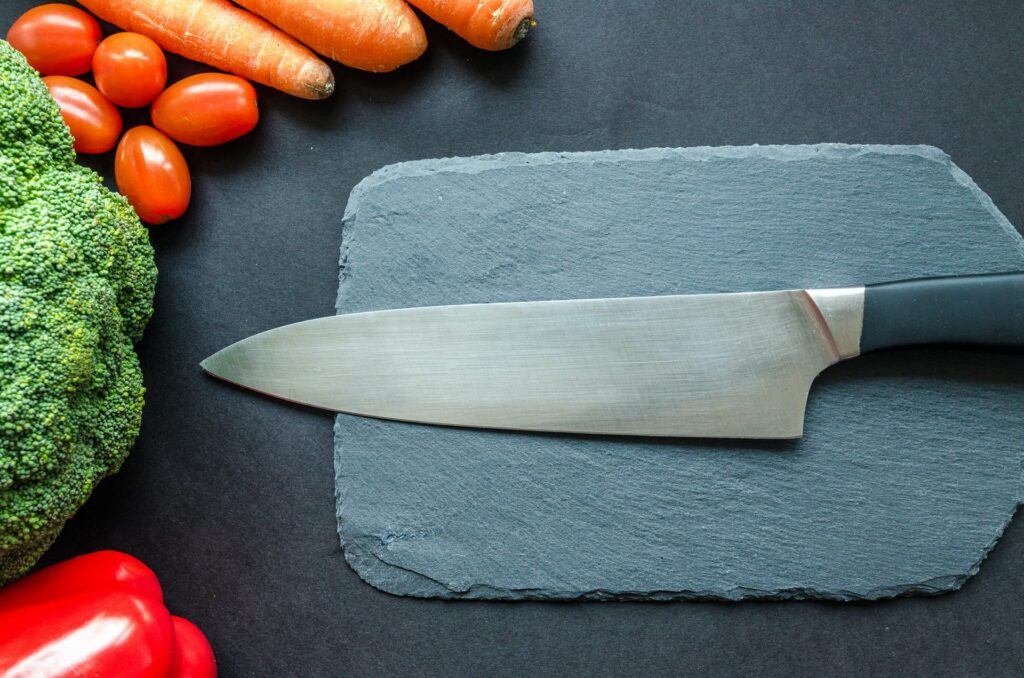
The main issue with starting a food blog is that just a blog about food, in general, is way too broad of a niche.
Let’s be realistic: you can’t make every type of food out there.
In this case, it is always best to narrow down your niche to a singular cuisine or diet. Pick a niche such as Italian food, cupcakes, Keto breakfast, etc. Once you have found your niche, it will become increasingly easier to plan out the type of content you will build out on your website and know exactly what type of audience you want to target.
Step Three: Creating Content
Now, the most important aspect of any food blog is the content. The content you post will essentially be the path to earning money from the blog in the future. There are several types of content you will be able to publish on your blog, giving you plenty of variety to keep you from getting bored.
- Recipes-most food blogs contain recipes. That’s just obvious from the type of blog itself. However, the type of recipes you can post can vary. Some recipes you post may detail the process of a recipe from start to finish, detailing EVERYTHING throughout the post. Other recipe types may just be written in a story format: you share the story that brought on the recipe inspiration then give the recipe at the end. Regardless of the type of recipe you want to publish on your blog, be sure to take as many pictures as you want so your audience can see for themselves how the recipe comes together from start to finish.
- Videos-this is a type of content that is quickly growing in popularity. This is a great content format to utilize, especially if you want to draw your audience to your brand. Videos tend to convert much better than written word, thus it is the most successful for converting visitors to potential buyers. I highly recommend adding cooking videos to your written posts as much as possible. It can be something as simple as a 1-minute video sped up to show off a recipe or a video discussing the benefits of one cuisine. The choice is up to you.
- Top 10 Lists-don’t have a recipe in mind? Don’t have a video to share? Why not just create a post centered around a certain keyword in your niche? This is one type of content that appears on many other sites that aren’t food blogs. This type of content centers around keywords, for example, “best spaghetti dishes.” You can discuss the benefits of spaghetti such as the ease of cooking and share some of your favorite recipes you have found online within your main post. If you write this type of content, don’t forget to give credit to the original creator of the recipe.
Step Four: Set Up Social Media Profiles to Link to Your Blog
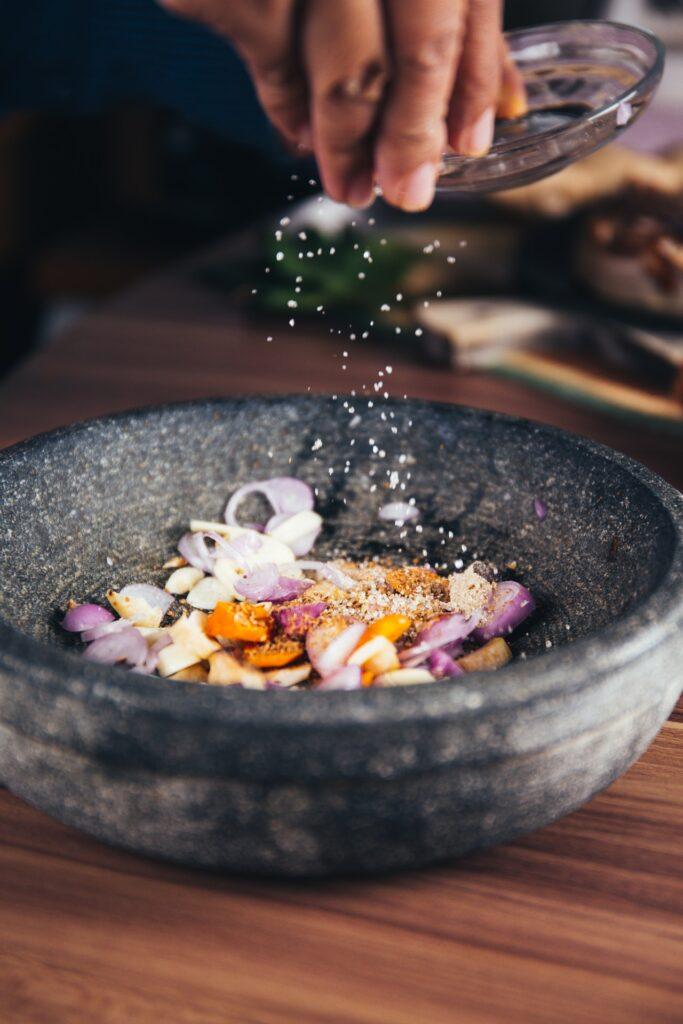
What good is a food blog if you don’t share your creations with the world? Once you have created your blog and have begun posting regular and consistent content onto your blog, you will need to set up social media profiles to share those recipes with people who may have not found your blog yet. Some of the best social media platforms to use include:
- Facebook-with over 1.6 billion users accessing the site on a monthly basis, Facebook can be a great way for you to build up a loyal following. With a free Facebook account, you can have a personal profile to share your recipes with your closest friends and family or a Facebook page that can be shared with people you don’t know but would like to get your recipes out to. I recommend setting up a separate page centered around your brand. This page should consist of posts from your food blog, from recipes to keyword-rich posts. Yet, it can also be used to share the latest trends in your food niche to others who may be interested in it as well.
The best thing about Facebook is that you can “boost” your posts, reaching more people and advertising your page to get people to like it or follow it. Of course, this is a means of advertising so it will cost money, but not nearly as much as you think.
- Instagram-this platform is known as the birthplace of food porn. If you invested in a good camera or have high-quality pictures of your recipes, Instagram is the perfect place to post them. It is a great platform to use to grow your audience fast. You can utilize the hashtag features to brand outside of your niche and reach users who are looking at images in that category.
- Pinterest-if you don’t use Pinterest for your blog, you are missing out on a hidden gem of traffic. This is an essential tool for most food bloggers. You can build your reputation on Pinterest by pinning not only your own images but images from other food blogs that you like. Make sure to post images that are relevant to your niche to keep things consistent. Pinterest is a large community. By pinning other images for your audience to see shows that you are an active member of the community and more people will follow you to see what you may pin next.
- Twitter-this platform is perfect to use, but remember this platform is finicky. Twitter, unlike the other platforms, is a place for real-time updates. It isn’t like Facebook where you can post a random status. On Twitter, you want to stay up to the latest trends. Unless you post a tweet that goes viral, I don’t recommend relying solely on Twitter traffic alone. Use it to post the latest posts from your site, sharing memes, or commenting on the latest trends. Use it to engage with your audience. Don’t rely on it as your primary monetization method.
Monetizing Your Food Blog: How to Make Make Money Off Your Recipes
There are plenty of ways to monetize a food blog, and luckily all of the ways I am going to discuss in this section can be applied to practically any other type of blog you may create. Keep in mind that monetizing your blog may take some time. However, as long as you follow my advice, you will be able to profit off of your blog in no time.
1. Google AdSense
One of the most common ways people monetize their blog today is through Google AdSense. While you may not make a ton of money at first, it is a great monetization method to use to make you extra cash in the background. In order to use this method, you will need to sign up for a free Google AdSense account first and then add ads related to your niche into the content you publish.
Keep in mind, for post ads, you won’t make more than just a few cents here and there per click, so don’t think you will have a hefty paycheck in the months to come.
2. Sponsored Posts
If you have a large audience on your blog, this is the perfect monetization method for you. This method involves you being paid to promote a particular service or product in exchange for payment the moment it appears on your site. This is a great way to ensure long term credibility in your niche and a way to introduce your audience to new products or services they may not know about.
To utilize this method, all you have to do is find brands that are willing to work with you. Of course, the price for these types of posts will range depending on the company, how much you charge for the content to appear on your site, and the type of products or services you are promoting.
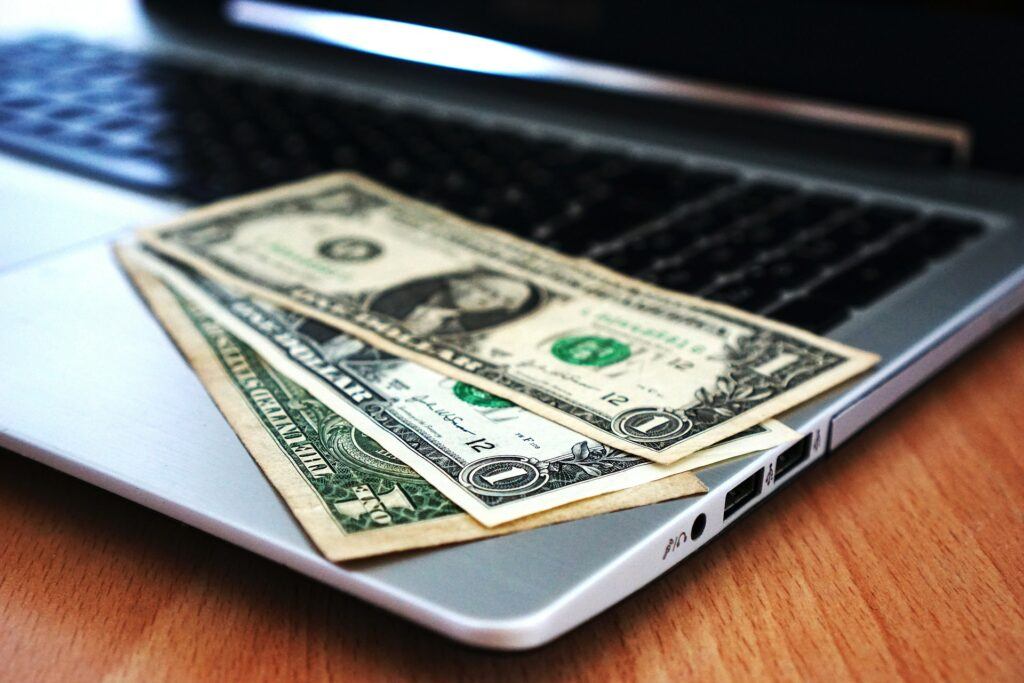
3. Affiliate Marketing
This is perhaps one of the most powerful ways you can make money with any kind of food blog. Similar to sponsored ads, affiliate marketing can work in pretty much the same way, except you will have to be the one to find niche relevant products to promote on your site. You will have to do this using affiliate networks like Clickbank, Amazon, or eBay. Affiliate marketing works when a visitor on your site clicks on an affiliate link within your content, then buys the product you promoted. When this happens, you earn a commission off of the sale of that product.
The best thing about this monetization method is that you can find a wide array of niche relevant products you can promote and that your audience will love. It is a great way to earn a lot of money in a short amount of time, as long as you promote the affiliate products correctly.
4. Sell Your Own Products or Services
Due to the rise and popularity of self-publication, you can easily create your own products and services to sell on your site. You can sell whatever you want, from your own cutlery, cooking equipment, or even your own cookbooks.
Starting a Food Blog: The Bottomline
I hope that by the end of this long post, you have learned all you ever need to know about starting a food blog as well as how to make money with it in the process. Remember, this type of blog isn’t going to be lucrative immediately. However, as long as you take the time to post consistent content, specializing in a niche, and offer quality content visitors will be interested in, you can reap the rewards of owning a food blog in no time at all.
Check out my pet food blog PetFoodio.com if you want some ideas on how to start your own food blog.
Have you started your own food blog? If so, do you have any advice for those who want to try making their own? Let us know in the comments below!
How Do You Actually Make Money Online?
Take it from somebody who has been working online for a living since July 2013: there are literally hundreds of ways you can make money on the Internet. If you want to make money online using one of the easiest methods today, then you should follow my EXACT method.
The wonderful thing is you don’t have to have any special skills to make money using my method. I didn’t when I first started and yet I was able to make a full-time living in just a few weeks.
If I can do it, so can you!
Get started in EXACTLY the same place where I learned to work from home and the place that taught me how to build my own profitable online business from the ground up. It was the place that taught me how to make money creating content about the very things I was passionate about: writing, video games, pets, and even cooking!
Sign up for my 100% free (yes, you read that right) course and learn from me exclusively. When you sign up, you will get everything you need to be successful: 2 free websites, premium website hosting, and a combination of 20 free lessons delivered straight to you!
Check out my free money-making course by clicking here!
See you on the inside!


A digital marketing and ecommerce specialist with a passion for teaching others how to succeed in the digital space.
